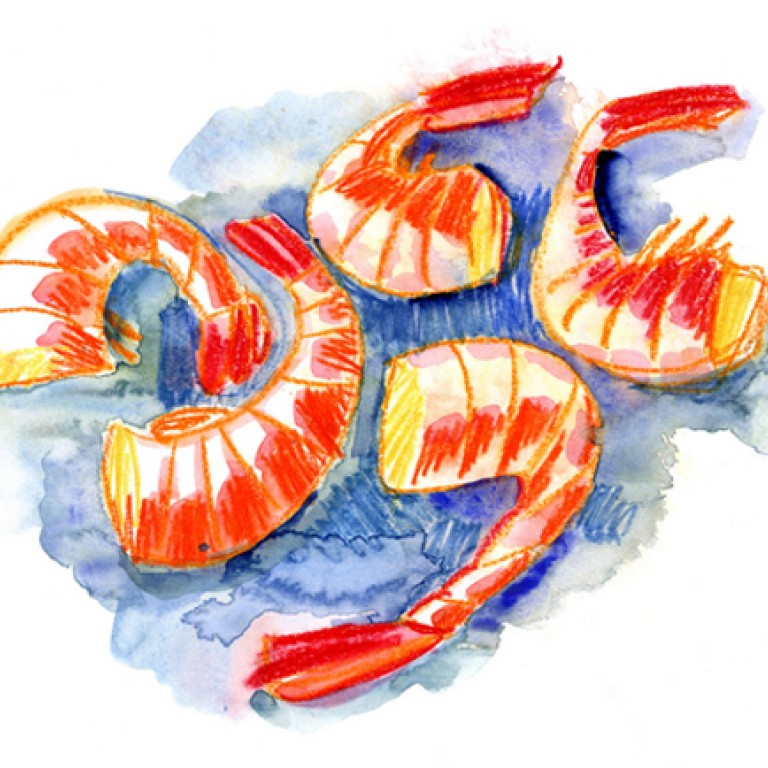
Truc
Susan Jung
The other day, I got into a discussion with another foodie about deveining shrimp. She says it's something she does a lot, while I do it only occasionally.
The term "deveining" is a little misleading, because the shrimp's vein - or rather, the main nerve - is on its belly. The long, thin delicate thread that runs along the back of the shrimp is actually its digestive tract and it's that which is removed in the deveining process.
People who devein tend to do so for aesthetic reasons (sometimes the digestive tract is black), but often they say it's because, if you leave it in, you're eating the shrimp's waste products. Those who don't devein give a variety of reasons, including that it's a tedious kitchen task; that it doesn't affect the taste (although sometimes the vein can be gritty); and that by cutting down the back of the shell to remove the vein (the most common method), you let the flavourful shrimp juices escape during cooking.
Before I devein, I consider three things: the size of the shrimp, how I'm cooking them and who I'm serving them to. I never bother deveining small shrimp, but I do with larger shrimp - it's logical that they have larger digestive tracts and therefore the chance of grittiness is higher. If I'm serving medium-sized shrimp, I don't devein if I'm boiling them, but for most other cooking methods I remove the vein, especially if I'm serving squeamish people (in which case, I also sometimes remove the heads, although that's the most flavourful part).
My logic is that when boiling shrimp, their juices will be wasted when I pour the water in the pot down the drain (although it's a different story when it comes to bouillabaisse, for which the liquid makes up the soup); but if I'm sautéing or stir-frying, whatever other ingredients I'm cooking with will flavour the shrimp through the cut in the shell.
It is possible to remove the veins without cutting the shrimp's shell - it's not difficult; all you need is a toothpick and a steady hand. Lift the lower part of the shell - the part closest to the tail - away from the body, pierce the flesh on the back with the sharp end of the toothpick, hook the vein and pull it out in a steady movement.
Truc (tryk): noun, masculine, trick, gimmick, device. A French word for a chef's secret.

